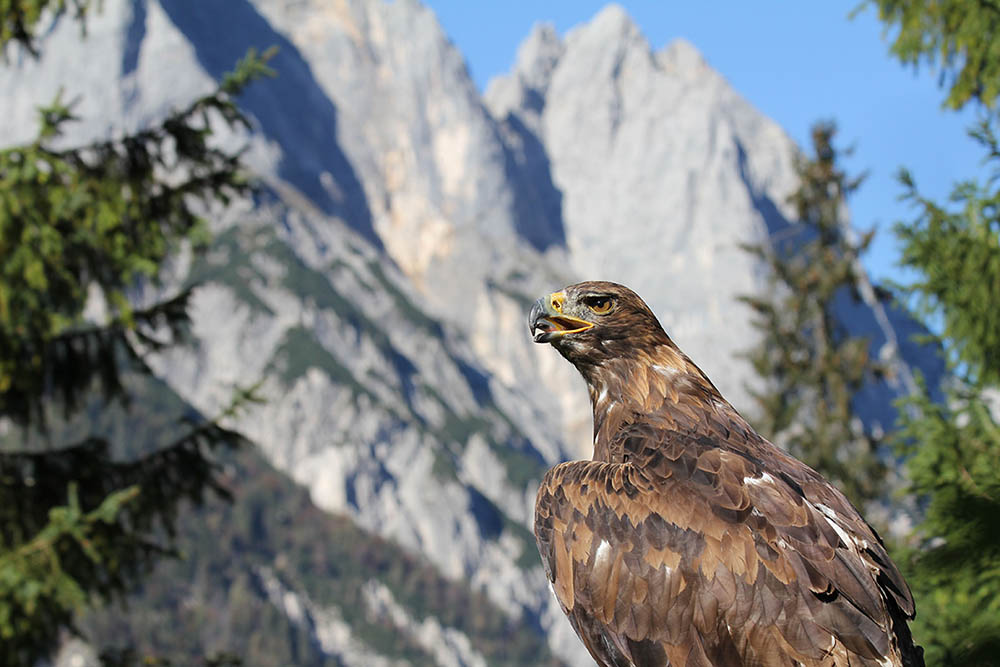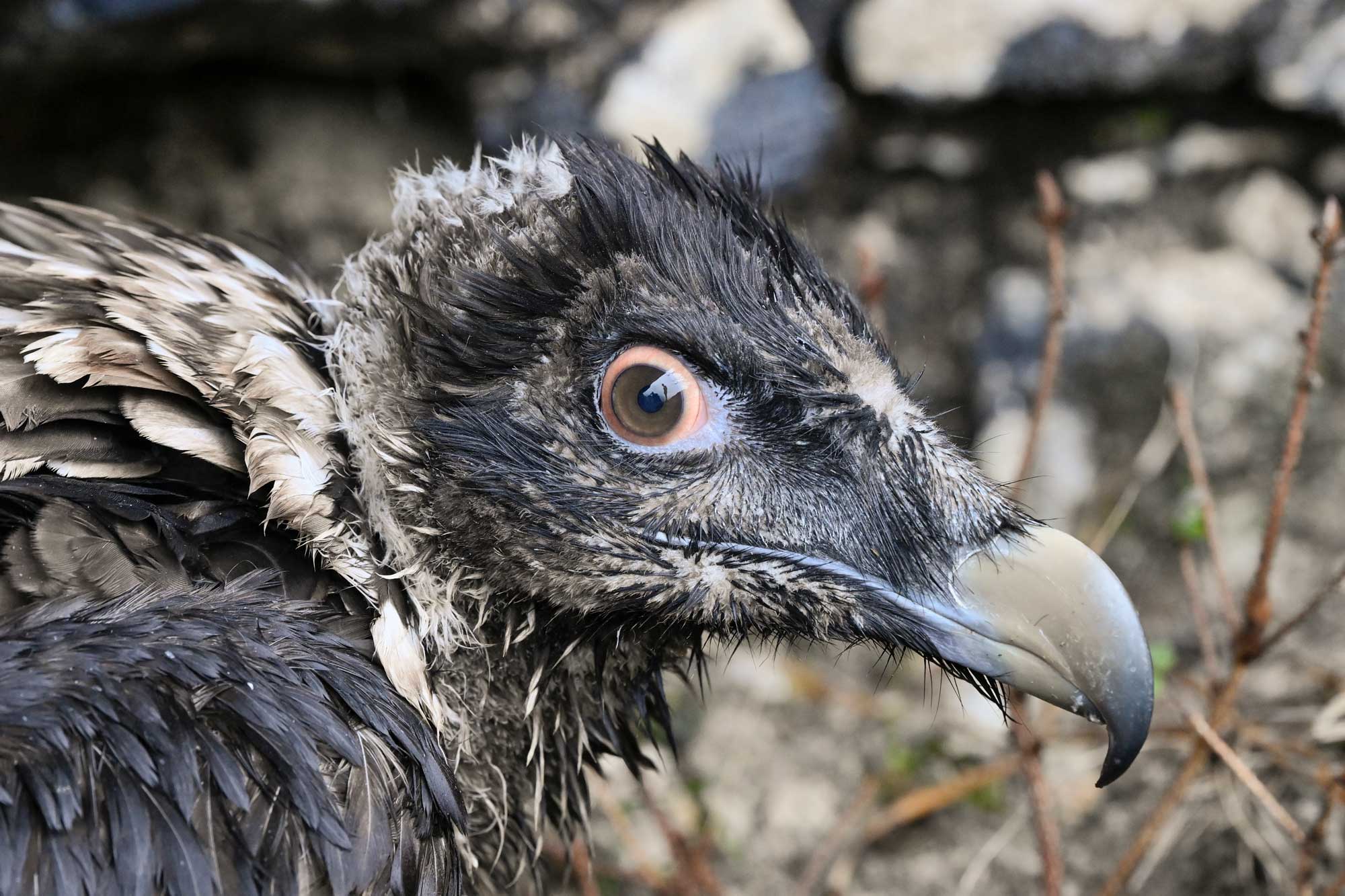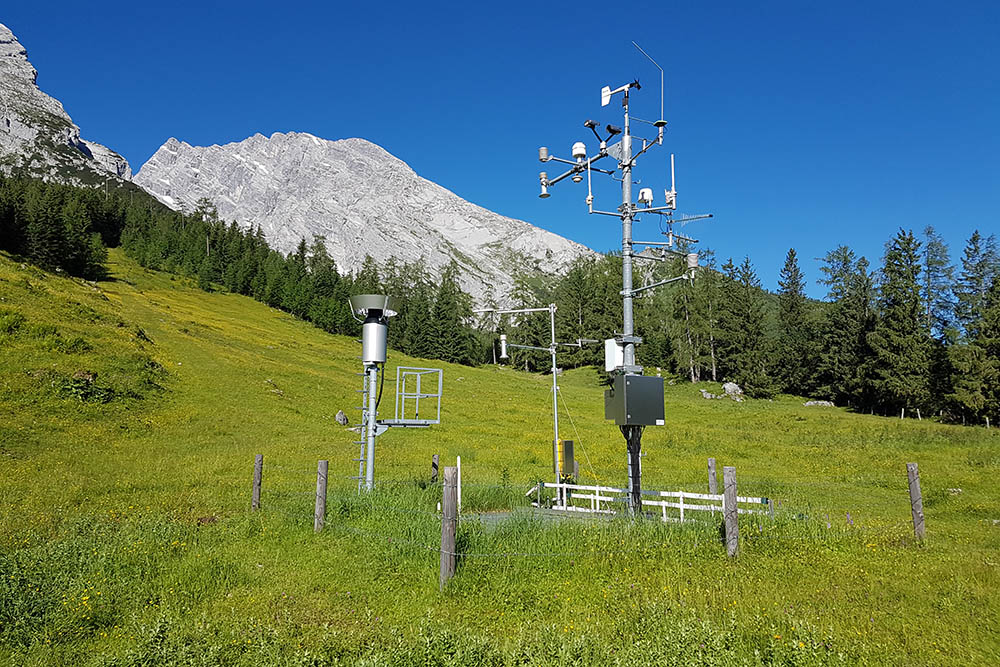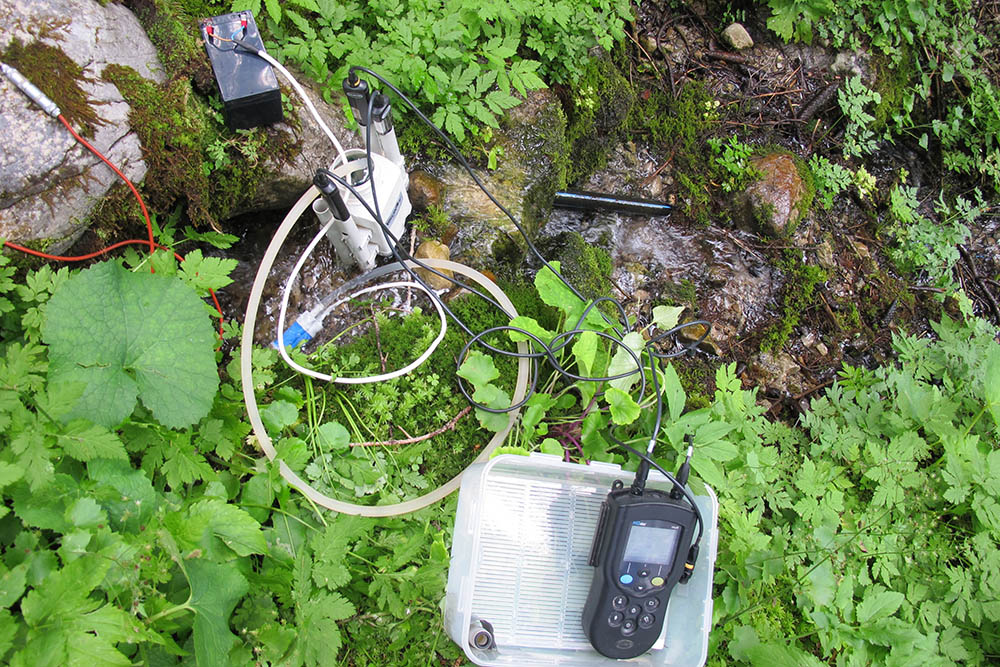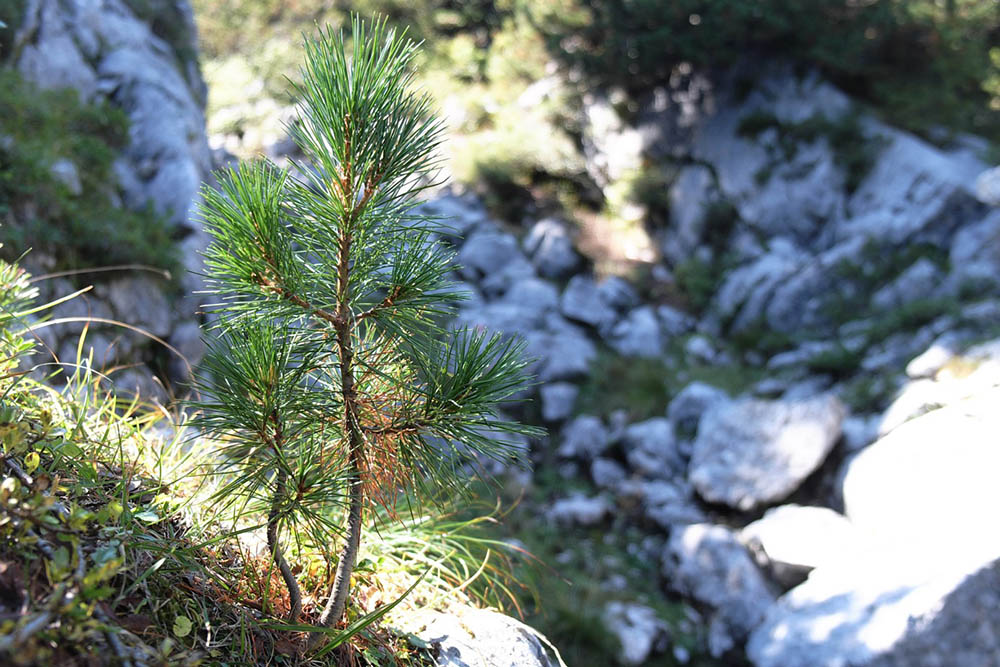Monitoring
The aim of monitoring in the national park is to observe natural processes as comprehensively as possible and over the long term. Monitoring thus forms an important source of information for research, but also serves as a data basis for evidence-based ecosystem management. The stable administrative framework provided by the national park represents a unique opportunity for long-term scientific observations.
Team - only in german:
Publications - only in german:
